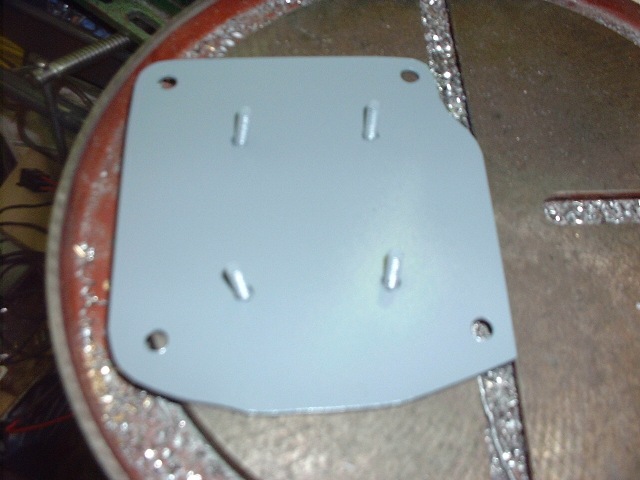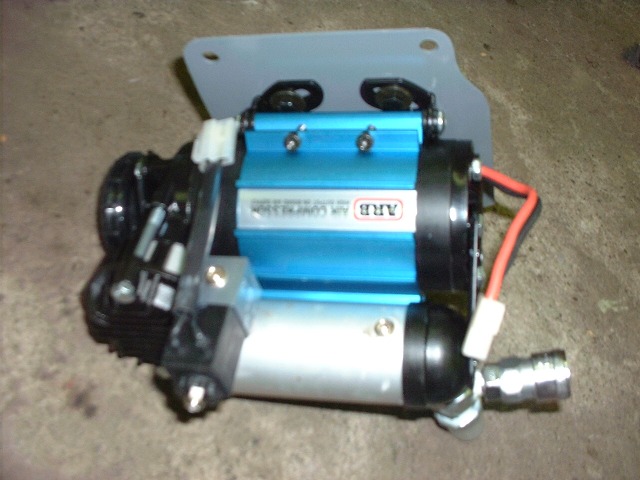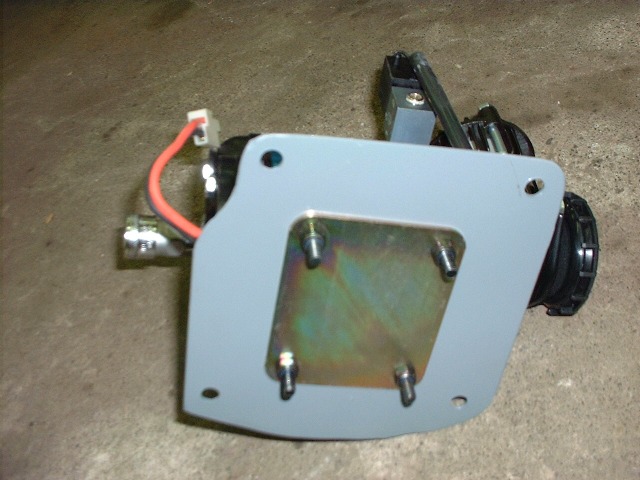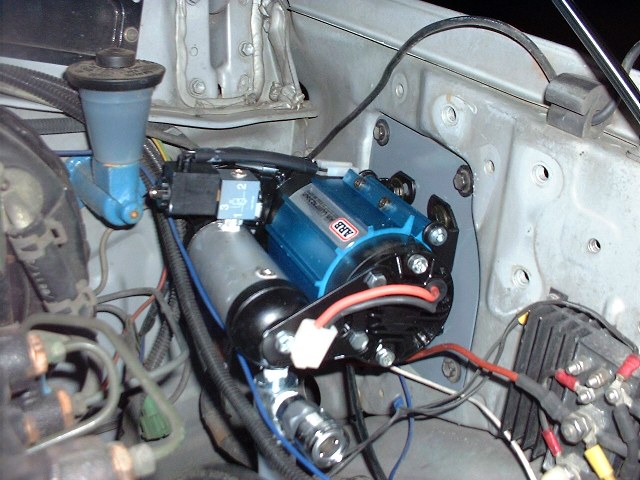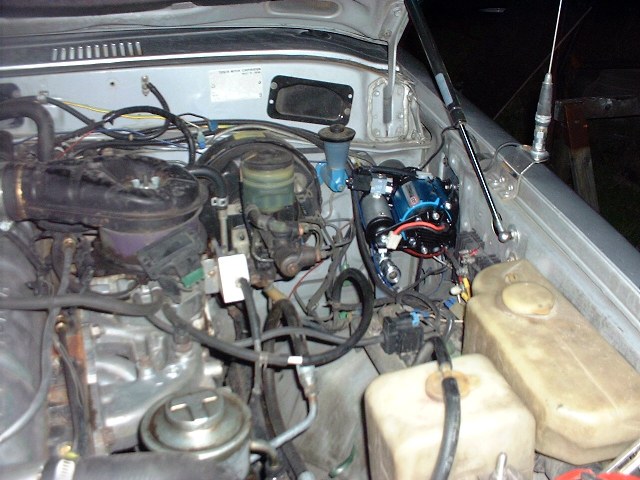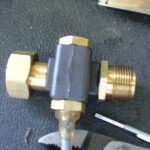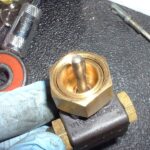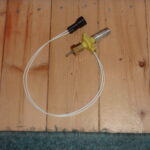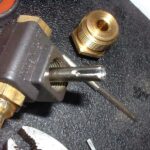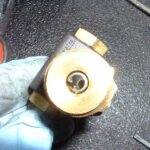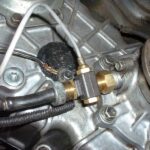I recently had a friend ask my about buying a FJ60. He and his wife recently had their second child. This topic comes up often on the IH8MUD.com forum . So I thought I would write down my 2 cents.
Having a child is exactly the excuse (or reason) I used to get started in Land Cruisers and get my 60.
A few things about 60s, as I have observed them.
Diesels were not available in the US, but Canada got them until 1987 (BJ60) with the 4 cylinder 3B engine and (HJ60) 6 cylinder 2H engine. They are at the age that they can now be imported into the United States, but I have no experience there. Non-North American engines are also available from few sources, G&S Cruiser Parts in British Columbia being one I am familiar with.
The US trucks also did not come with 5 speeds, but after 4/86 (I think), they came with a 4 speed that was the same length as the 5 speed so the swap is easy. The Canadian diesel trucks did have 5 speeds. The 5 speeds behind the B series engines use a different input shaft than the 5 speed for the H and F series engines. Don’t buy a 5speed out of a BJ to put in your F/2F. Earlier 4 speeds require modifications of transmission mount, drive shafts and tansfercase shift linkage. New 5 Speed (H55F) transmissions are available from Toyota for around $1895 (less if you hunt around).
Common body rust areas are around the rear fenders and the A pillars by the top of the windshield. If the A pillar seams have been leaking, look for rust in the floor pan too under the carpet. If you ever want some help looking at one let me know.
One note for future use with the kids. The rear seats didn’t have a shoulder belt. No big deal for child seats that just use the lap belt, but later on with the booster seats it can be an issue. I installed rear belts from an ’89 FJ62. Some of the earlier 60s have the threaded nut in the C pillar for the top of the shoulder belt, but the later (’87 in my case) did not. I was able to get a nut up there and it is very secure, so don’t let it be a deterrent if you find a nice later truck.
All 60s are carburetor. In ’88 they went to the FJ62, which had the 3FE port injection engine in front of an Auto tranny. Some of the first ones didn’t have power windows, but all of the later ones and the ’89/90 62s do.
I keep forgetting to take pictures of bad ones, but can get a picture from a clean one I just finished. It is common for the inner axle seal to leak on the front axle of a high mileage rig. It is also common to leak on one that has been rebuilt wrong. The inner axle seal leak allows gear oil to move from the front differential into the birfield joint area inside the knuckle. This mixes with the grease and becomes a soupy mess. Soon, the grease/oil mixture will start leaking out the wiper seals. Dust and dirt collect on the knuckle making a thick mess. Worst case, the gear oil will migrate out to the wheel bearings, leaking out the outer axle seals and soak the disc and brake pads.
I love driving the 60 and I think it makes a great family rig and I have used it as my daily driver for 6 years now. I should be turning 300,000 some time this winter, and have had it since 180,000.
I’ll keep adding to this as I think of things or they are pointed out to me.
I started with a filter base and a filter adapter for my size filter. Both are available from many online vendors as well as Napa or CSK. You can also buy a complete kit that comes with both pieces and a section of hose. I am trying to build my own kit, so I purchased everything separately.
For the hose, I used some high pressure hydraulic line with swivel compression fittings on one end to make installation easy. This hose is overkill and I will find a little more economical solution for the kit.
